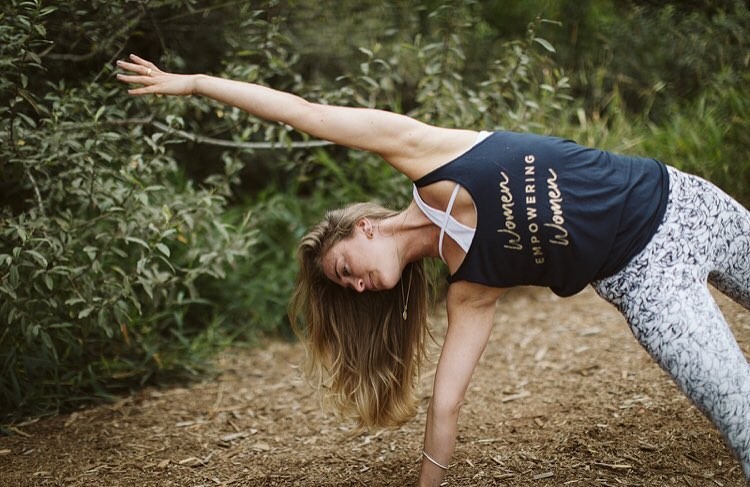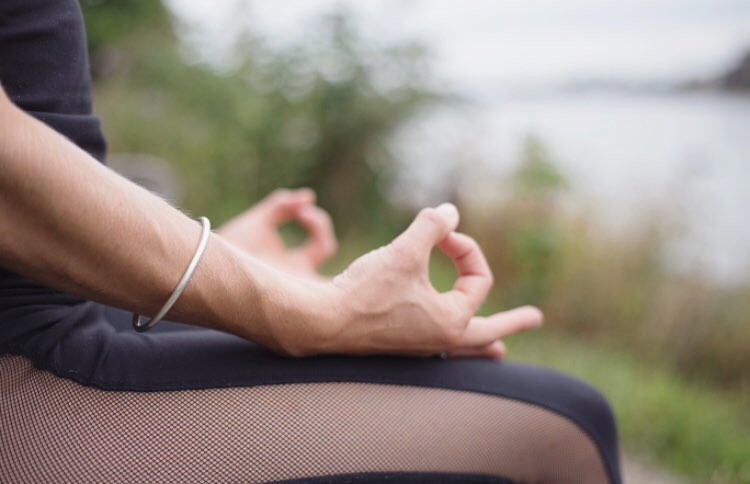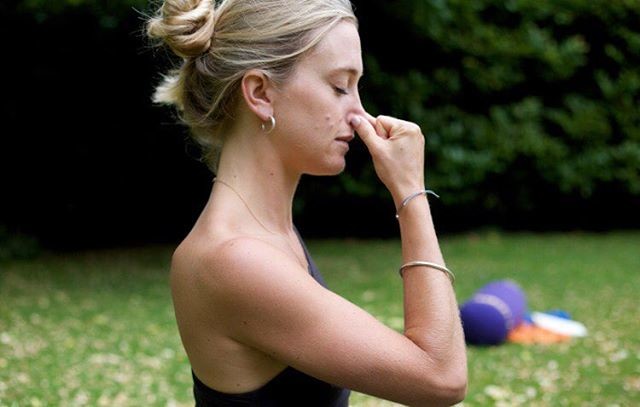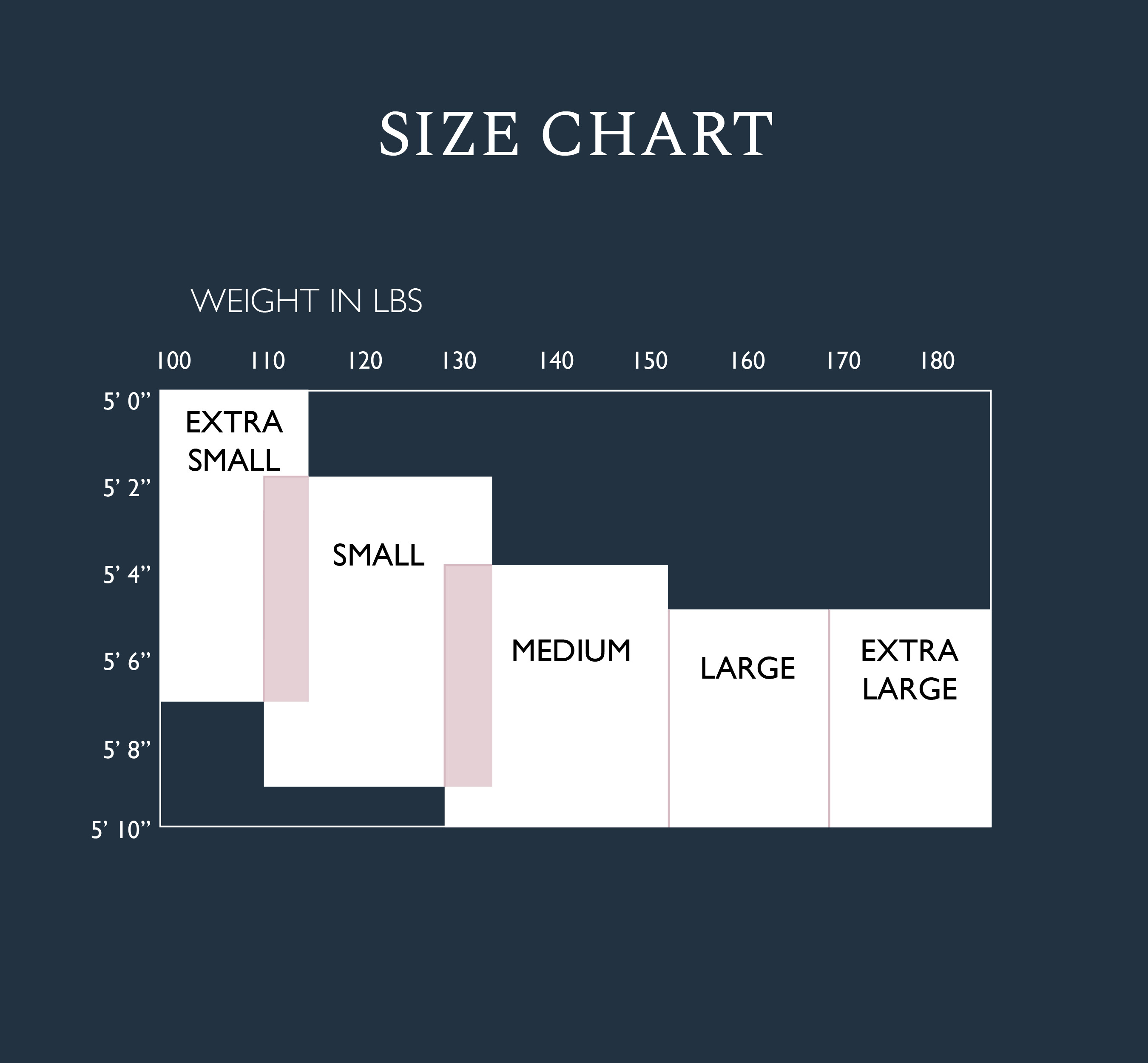
Pranayama Exercises to Relieve Back Pain
Do you suffer from back pain? Maybe it is the result of an acute injury or maybe it is more chronic pain. Either way, the spine works hard to give us the movement that we need to live our daily lives: twisting to pick up bags from the back seat of the car, bending over to pick up heavy shopping bags – we are constantly applying pressure to this region of the body. Teaming all of this movement with sitting for long periods of the day can, over time, become problematic for this strong yet vulnerable region of the body.
Yoga can be helpful for back pain in a number of different ways: clearing the mind by focusing on the present moment, moving the body mindfully to build strength and flexibility of the spine and breathing deeply.
The breath is an integral part of our yoga practice and pranayama is the formal practice of controlling the breath. PRANA can be explained as life force, energy or Qi, whilst AYAMA is the sanskrit word for ‘extension’. In Chinese Medicine the concept of prana (or Qi) is described as energy on the verge of materializing. In yoga our breath is like pure, raw energy or prana at our fingertips waiting to be utilized. Each inhalation energizes and revitalizes the body and the mind; each exhalation cleanses the body letting go of whatever is no longing serving us.
Western Benefits of Pranayama
From a Western perspective, there are a number of ways practicing pranayama can help with pain. Being in pain everyday is exhausting and teaming this with the daily stresses of life can perpetuate this pain. Emotional or physical stress causes breathing to be shallow, which leads to more stress because it puts less oxygen into the bloodstream and increases muscle tension. By breathing more deeply within the pranayama practice, we are providing more oxygen to the tissues and breaking this cycle. We can also use our breath as a way to calm our nervous system. Extending the exhalation so that it is longer than the inhalation reduces the resting level of the sympathetic nervous system (fight or flight mode) so that the parasympathetic nervous system (rest and digest mode) can conserve energy and we can feel more relaxed. Finally, noticing the breath is an avenue to learning the practice of mindfulness. Mindfulness allows for increased body awareness so that we can monitor our pain levels and become more aware of what makes the pain better or worse. Like detectives investigating our own pain, we can move away from being a victim of the pain and step into a role of inquiry listening carefully to what our body needs.
Fundamentals
Before practicing pranayama, there are some fundamentals to bear in mind. Firstly, be patient: only practice a few cycles when you first start and build up your practice over time. Remember that relaxation and awareness bring the most benefits to those of us living with pain so avoid lengthening the practice beyond what is comfortable. Find a comfortable room to create a relaxing space for your mind and practice to reach their full effect. The practice should be soothing and nourishing so if it disrupts your peace and nervous energy rises then stop.
1. Kumbhaka Pranayama
In Sanskrit, Kumbhaka can be translated as ‘retention’ so Kumbhaka pranayama is retention of the breath. Basic breath retention comes back to the two most primitive aspects of the mind: cravings and aversions. Craving for life and fear of death. Retention of the breath teaches us to notice these cravings and see if we can soften despite them. In this pranayama technique, we can hold the breath and top of each inhale (Puraka pranayama) or and the bottom of each exhale (Rechaka pranayama) or both. The following instructions are for Puraka and Rechaka breath retention for 5 counts each. Feel free to reduce the length of the breath retention or only practice Puraka or Rechaka pranayama.
Technique
- Find a comfortable seat on the ground or on a chair. You can also be standing still or lying down.
- Close your eyes and take a couple of deep breaths in and out through your nose.
- Inhale for 5 counts
- Hold the breath for 5 counts.
- Exhale for 5 counts
- Hold for 5 counts
- Repeat for between 1-3 minutes.
2. Nadi Shodhanam Pranayama
Nadi Shodhanam refers to alternate nostril breathing. This pranayama technique helps to slow down the inhalation and the exhalation whilst balancing and regulating energy through the left and right side of the body. Nadi Shodhanam balances the parasympathetic and sympathetic nervous system to cultivate a state of internal tranquility, stability and peace of mind.
Technique
- Find a comfortable seat on the ground or on a chair. You can also be standing still or lying down.
- Close your eyes and take a couple of deep breaths in and out through your nose.
- Right hand thumb and last two fingers close of either side of the nose using Vishna Mudra.
- Inhale left for 5 counts, exhale right for 5 counts, inhale right for 5 counts, exhale left for 5 counts.
- Repeat for 3-9 rounds.
3. Sssssss BREATH
I was taught this pranayama exercise on my recent pregnancy teacher training as a helpful breathing technique for labor. If this can help with labor pains then I am sure it can help with back pain too (and any other pain for that matter too!)
Technique
- Find a comfortable seat on the ground or on a chair. You can also be standing still or lying down.
- Close your eyes and take a couple of deep breaths in and out through your nose.
- Take a deep inhale through your nose, breathing to the full capacity of your lungs.
- Exhale through your mouth making a long, soft ‘ssssssss’ sound, making your exhalation longer than your inhalation.
- Repeat for 1-3 minutes.
If you liked this blog, check out our other blogs like "3 Poses for a Quick Reset," "Sitting too Much? 5 Ways to Get Moving," "Resources for Your Well-Being," and " Resources to Nurture your Spirituality"






